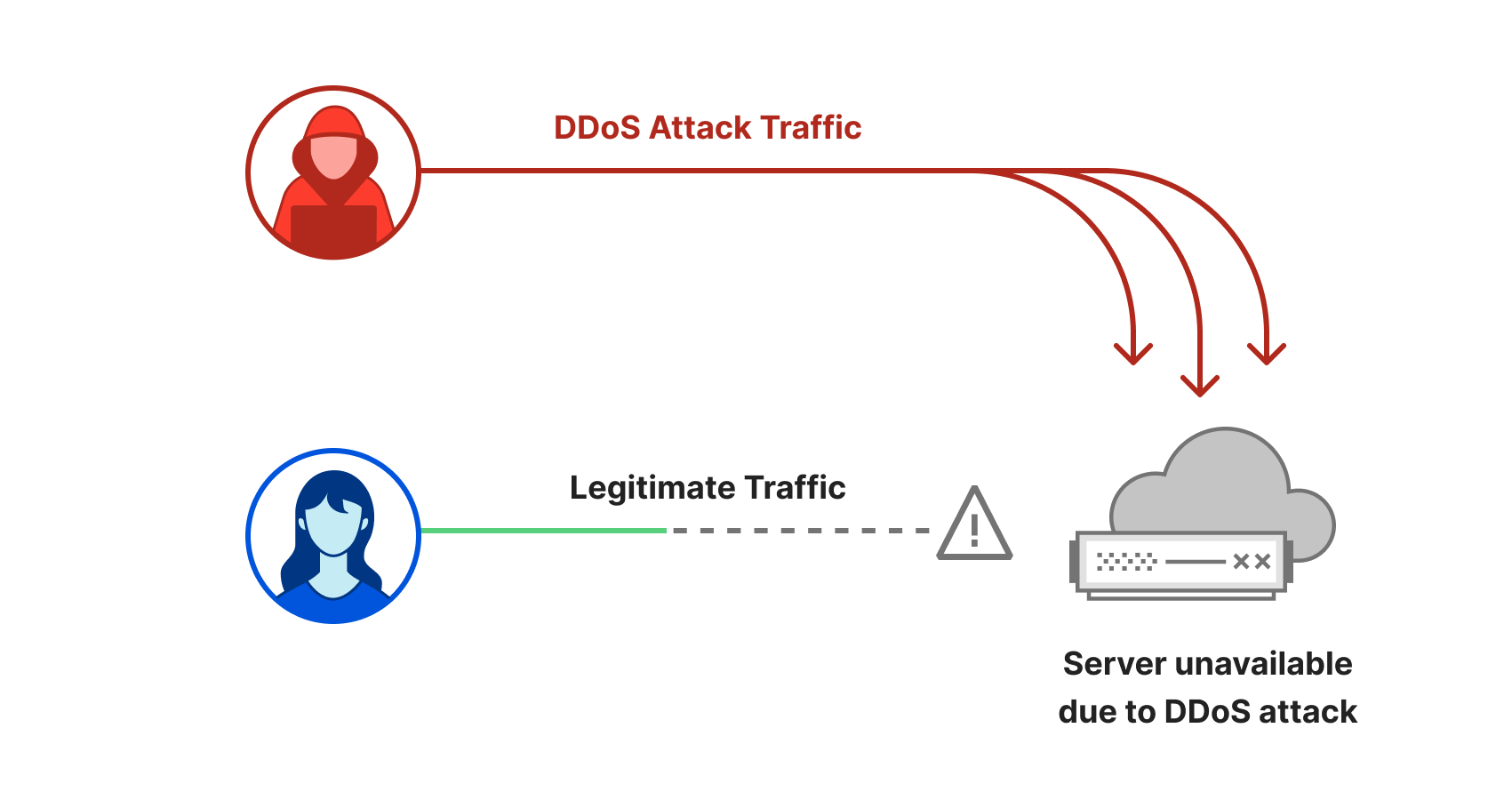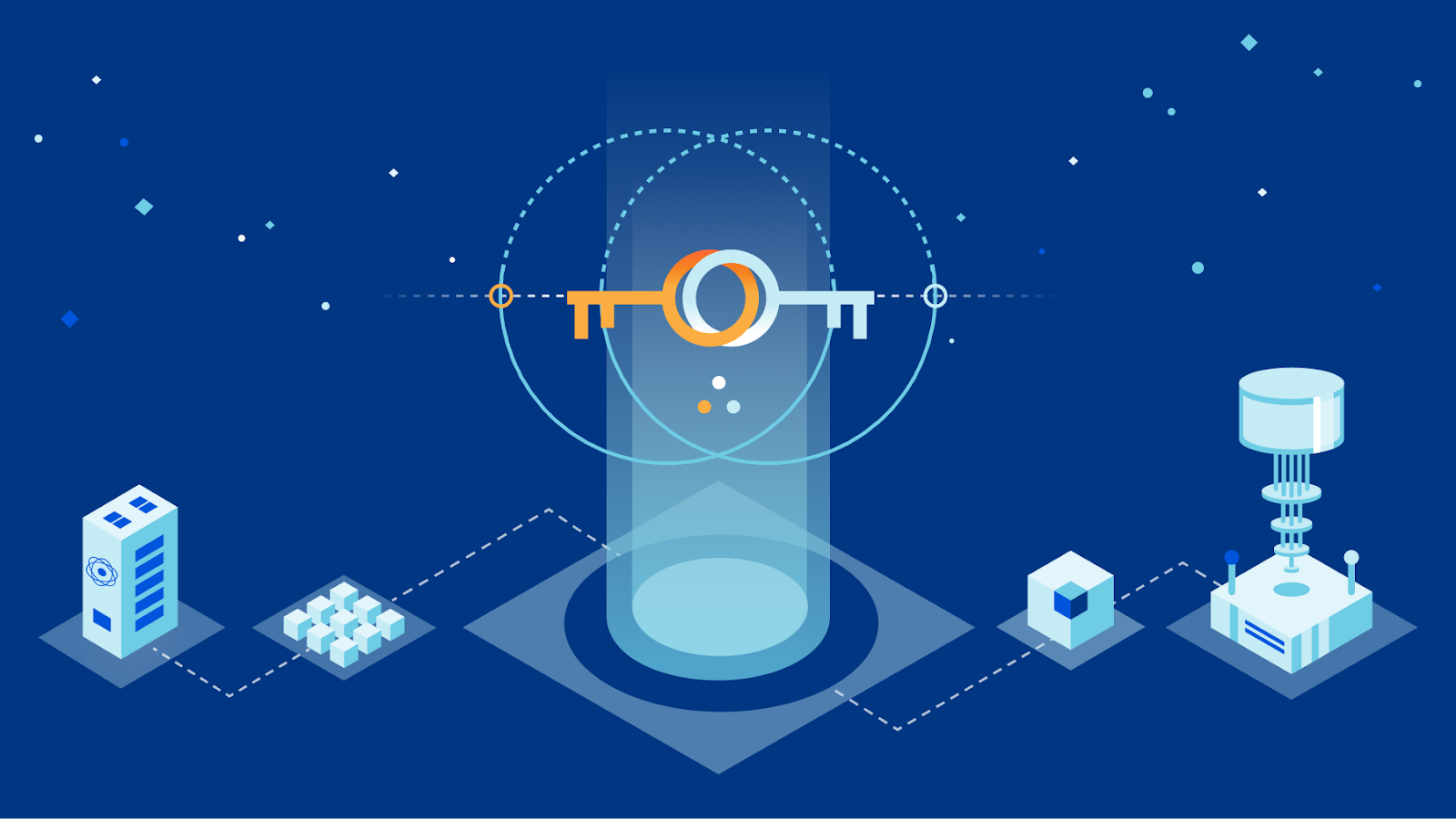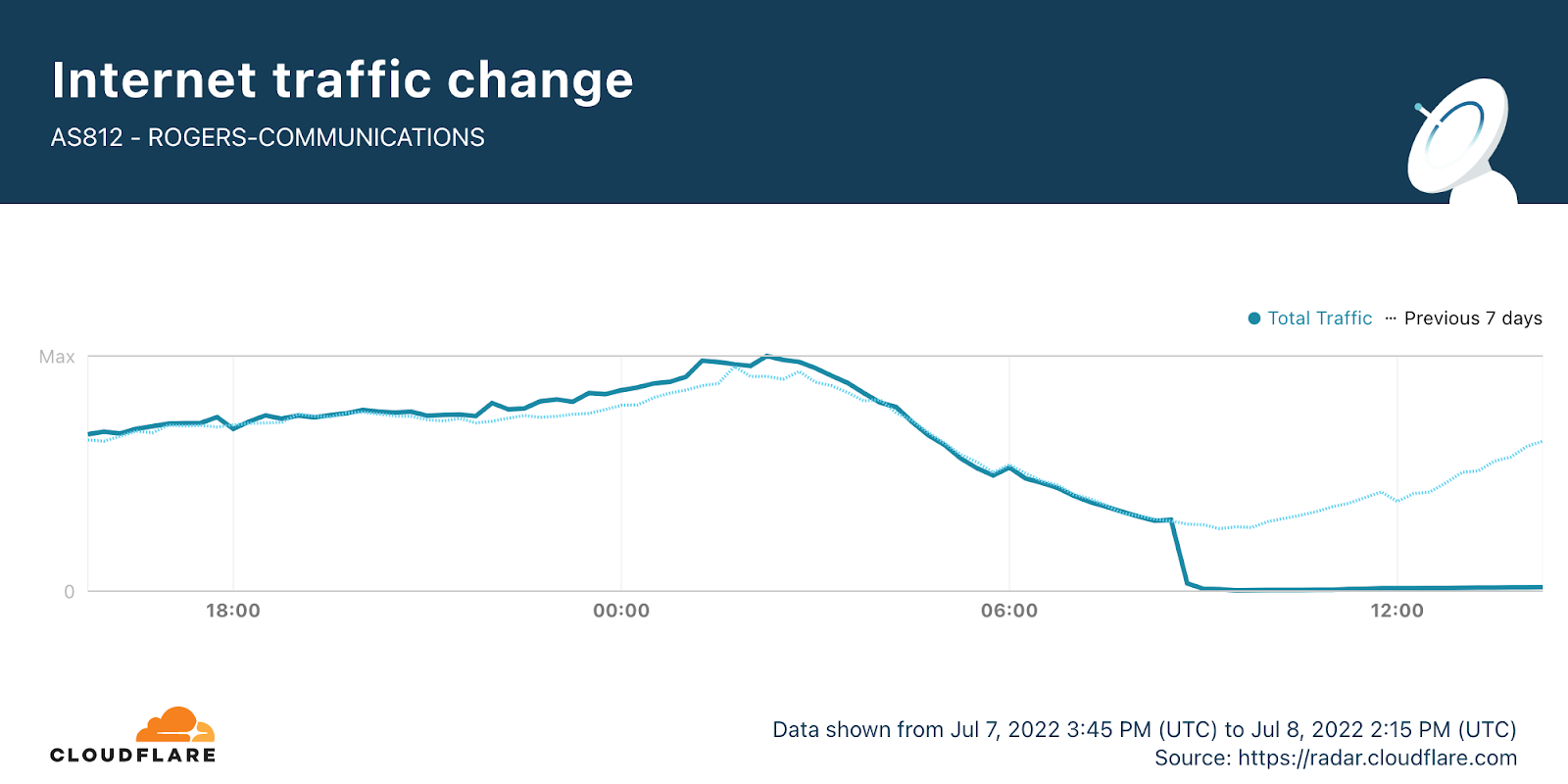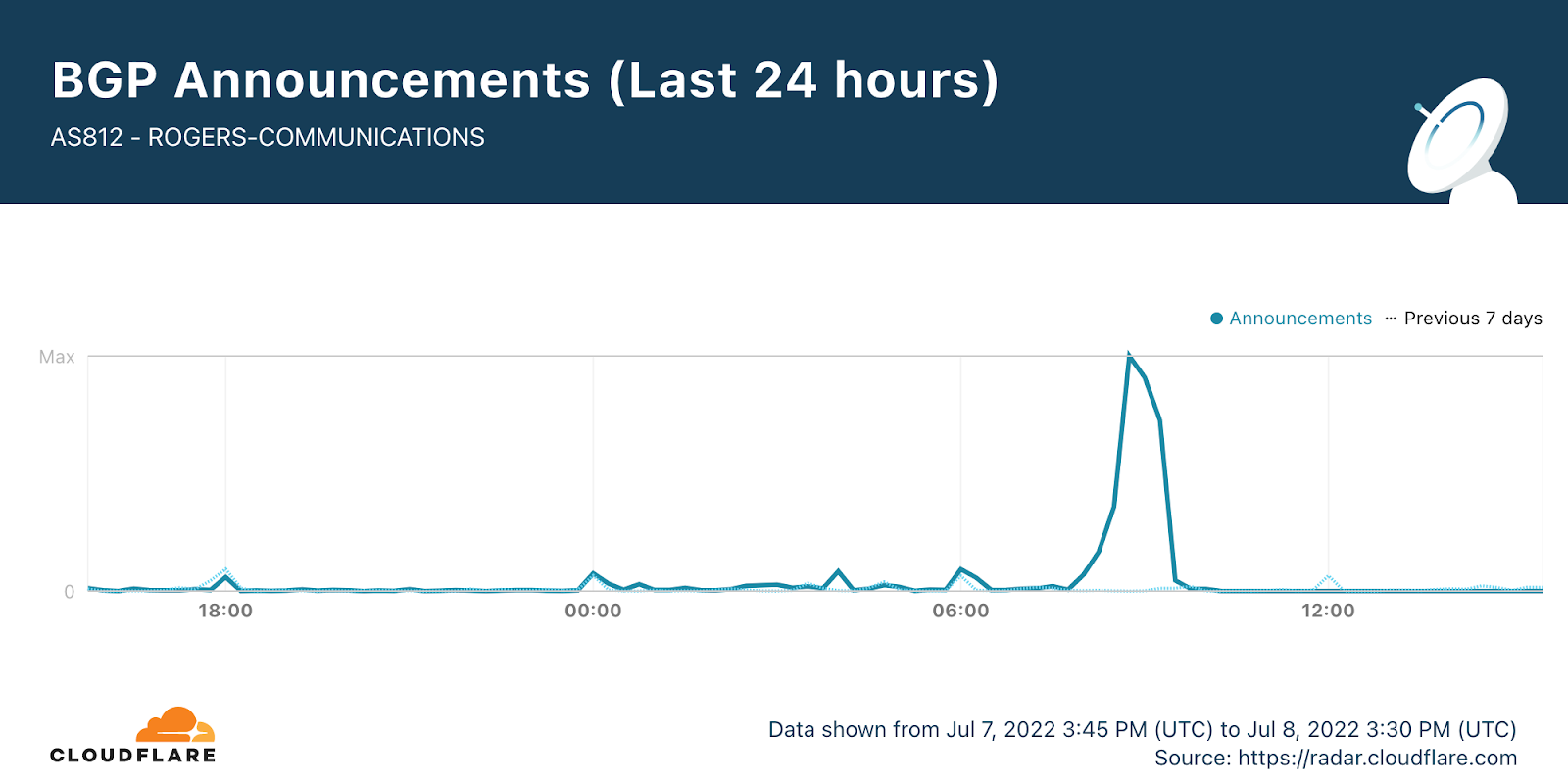Kubernetes For Network Engineers: Lesson 1 – A Brief Overview Of The Kubernetes Architecture – Video
This video series introduces essential Kubernetes concepts for network engineers who want to learn more about containers and Kubernetes and how to support the networking requirements of Kubernetes-based applications. The series will cover the Kubernetes architecture; services, node ports, and load balancers; ingress and service mesh; and other topics that network engineers should be familiar […]
The post Kubernetes For Network Engineers: Lesson 1 – A Brief Overview Of The Kubernetes Architecture – Video appeared first on Packet Pushers.
Kubernetes For Network Engineers: Lesson 3 – Pod-To-Pod Networking – Video
In lesson 3, instructor Michael Levan explores the basics of connecting Kubernetes pods via kube-proxy. Michael Levan brings his background in system administration, software development, and DevOps to this video series. He has Kubernetes experience as both a developer and infrastructure engineer. He’s also a consultant and Pluralsight author, and host of the “Kubernetes Unpacked” […]
The post Kubernetes For Network Engineers: Lesson 3 – Pod-To-Pod Networking – Video appeared first on Packet Pushers.
Microsoft Azure Blazes The Disaggregated Memory Trail With zNUMA
Dynamic allocation of resources inside of a system, within a cluster, and across clusters is a bin-packing nightmare for hyperscalers and cloud builders. …
Microsoft Azure Blazes The Disaggregated Memory Trail With zNUMA was written by Timothy Prickett Morgan at The Next Platform.
Privacy for Providers
While this talk is titled privacy for providers, it really applies to just about every network operator. This is meant to open a conversation on the topic, rather than providing definitive answers. I start by looking at some of the kinds of information network operators work with, and whether this information can or should be considered “private.” In the second part of the talk, I work through some of the various ways network operators might want to consider when handling private information.
Stuff The Internet Says On Scalability For July 11th, 2022
Never fear, HighScalability is here!

Every cell a universe. Most detailed image of a human cell to date. @microscopicture
Other images considered: one byte of RAM in 1946; visual guide on troubleshooting Kubernetes; Cloudflare using lava lamps to generate cryptographic keys; 5MB of data looked like in 1966
My Stuff:
- Love this Stuff? I need your support on Patreon to help keep this stuff going.
- Know anyone who needs to go from zero to cloud? My book teaches them all they need to know about the cloud. Explain the Cloud Like I'm 10. It has 440 mostly 5 star reviews on Amazon. Here's a 100% sincere, heartfelt review:

- Do you like Zone 2, Zone 5, interval, REHIT, HIIT, and bodyweight workouts? I made an app for that. Max Workout. I’m not just the programmer, I’m a client. I use it 4 times a week and if you want to retrain your mitochondria, get fit, get healthy, and live longer, I think you’ll like it too.
Number Stuff:
Understanding OSPF Router ID (RID) Assignment
This post originally appeared on the Packet Pushers’ Ignition site on March 24, 2020. In both OSPFv2 (IPv4) and OSPFv3 (IPv6), the router ID (RID) is a 32-bit number assigned to the router. The RID must be unique within the OSPF network, as a RID provides a point of origin for link state advertisements (LSAs). […]
The post Understanding OSPF Router ID (RID) Assignment appeared first on Packet Pushers.
Terraforming clouds with Ansible
The wheel was invented in the 4th millennium BC. Now, in the 4th millennium, I am sure the wheel was the hottest thing on the block, and only the most popular Neolithic cool cats had wheels. Fast forward to the present day, and we can all agree that the wheel is nothing really to write home about. It is part of our daily lives. The wheel is not sexy. If we want the wheel to become sexy again we just need to slap a sports car together with all the latest gadgets and flux capacitors in a nice Ansible red, and voilà! We have something we want to talk about.
Like the sports car, Red Hat Ansible Automation Platform has the same ability to turn existing resources into something a bit more intriguing. It can enhance toolsets and extend them further into an automation workflow.
Let's take Terraform. Terraform is a tool used often for infrastructure-as-code. It is a great tool to use when provisioning infrastructure in a repeatable way across multiple large public cloud providers like Amazon Web Services (AWS), Microsoft Azure, and Google Cloud Platform (GCP). Many organizations use Terraform for quick infrastructure provisioning every Continue reading
Introducing Location-Aware DDoS Protection


We’re thrilled to introduce Cloudflare’s Location-Aware DDoS Protection.
Distributed Denial of Service (DDoS) attacks are cyber attacks that aim to make your Internet property unavailable by flooding it with more traffic than it can handle. For this reason, attackers usually aim to generate as much attack traffic as they can — from as many locations as they can. With Location-Aware DDoS Protection, we take this distributed characteristic of the attack, that is thought of being advantageous for the attacker, and turn it on its back — making it into a disadvantage.
Location-Aware DDoS Protection is now available in beta for Cloudflare Enterprise customers that are subscribed to the Advanced DDoS service.

Distributed attacks lose their edge
Cloudflare’s Location-Aware DDoS Protection takes the attacker’s advantage and uses it against them. By learning where your traffic comes from, the system becomes location-aware and constantly asks “Does it make sense for your website?” when seeing new traffic.
For example, if you operate an e-commerce website that mostly serves the German consumer, then most of your traffic would most likely originate from within Germany, some from neighboring European countries, and a decreasing amount as we expand globally to other countries and geographies. If Continue reading
pygnmi 14. Using skip-verify for self-signed certificates
Hello my friend,
lab testing is one of the crucial parts of any new technology introduction. At the same time, we know that in labs we typically have a lower security requirements. For example, we use SSL certificates, but we don’t have proper PKI and, therefore, certificates are self-signed.
2
3
4
5
retrieval system, or transmitted in any form or by any
means, electronic, mechanical or photocopying, recording,
or otherwise, for commercial purposes without the
prior permission of the author.
Is GNMI a Good Interface for Network Automation?
Yes, it is. GNMI is one of the most recent interfaces created for the management plane, which allows you to manage the network devices (i.e., retrieve configuration and operational data, modify configuration) and collect the streaming or event-driven telemetry. Sounds like one-size-fits-all, isn’t it? On top of that, GNMI supports also different transport channels (i.e., encrypted and non-encrypted), which makes it suitable both for lab testing and for production environment. You may feel that we are biased to gNMI, and you are right. Actually, that is a reason why we created pyGNMI library, Open Continue reading
Juniper Apstra Part II – Building a data center rack
In this post, we’ll start designing the building blocks for our data center deployment with Juniper Apstra. We’ll look at how to design a rack.
A look at QUIC Use
QUIC as recently been standardized by the IETF and is now in the initial stages of deployment. Let's take a look at the current state of the use of QUIC in today's Internet.EVPN-VXLAN Explainer 6 – Symmetrical IRB

Now let's continue our look at routing with EVPN-VXLAN as we focus on symmetrical IRB.
This post is essentially building upon a lot of what we covered in the previous post. So, if you haven't read that yet, please do, then meet me back here. This post will make a lot more sense if you do.
🔬 Symmetrical IRB in Detail
While symmetrical and asymmetrical IRB have the same functional outcome; to route inter-subnet traffic, there are a number of major differences in the requirements and configuration of each.
Most notably, symmetrical IRB frees us from the requirement to configure all VLANs & L2VNIs on all VTEPs.
Here's an overview of the features and components that we'll be covering:
Symmetrical IRB Architecture Notes
- Symmetrical IRB offers a more scalable approach to routing VXLAN traffic because VTEPs are not required to have knowledge of all destination clients, they do not need to hold an ARP cache entry for a destination, unlike asymmetrical IRB.
- VTEPs are only configured with the VLANs, subnets and VNIs that host locally connected clients.
- To ensure successful end-to-end connectivity for inter-subnet traffic, a number of new requirements and features are deployed with symmetrical IRB:
- A L3VNI for Continue reading
Getting Tough with Cyberinsurance

I’ve been hearing a lot of claims recently about how companies are starting to rely more and more on cyberinsurance policies to cover them in the event of a breach or other form of disaster. While I’m a fan of insurance policies in general I think the companies trying to rely on these payouts to avoid doing any real security work is going to be a big surprise to them in the future.
Due Diligence
The first issue that I see is that companies are so worried about getting breached that they think taking out big insurance policies are the key to avoiding any big liability. Think about an organization that holds personally identifiable information (PII) and how likely it is that they would get sued in the event of a breach. The idea is that cyberinsurance would pay out for the breach and be used as a way to pay off the damages in a lawsuit.
The issue I have with this is that companies are expecting to get paid. They see cyberinsurance as a guaranteed payout instead of a last resort. In the initial days of taking out these big policies the insurers were happy to pay out Continue reading
NIST’s pleasant post-quantum surprise


On Tuesday, the US National Institute of Standards and Technology (NIST) announced which post-quantum cryptography they will standardize. We were already drafting this post with an educated guess on the choice NIST would make. We almost got it right, except for a single choice we didn’t expect—and which changes everything.
At Cloudflare, post-quantum cryptography is a topic close to our heart, as the future of a secure and private Internet is on the line. We have been working towards this day for many years, by implementing post-quantum cryptography, contributing to standards, and testing post-quantum cryptography in practice, and we are excited to share our perspective.
In this long blog post, we explain how we got here, what NIST chose to standardize, what it will mean for the Internet, and what you need to know to get started with your own post-quantum preparations.
How we got here
Shor’s algorithm
Our story starts in 1994, when mathematician Peter Shor discovered a marvelous algorithm that efficiently factors numbers and computes discrete logarithms. With it, you can break nearly all public-key cryptography deployed today, including RSA and elliptic curve cryptography. Luckily, Shor’s algorithm doesn’t run on just any computer: it needs Continue reading
Cloudflare’s view of the Rogers Communications outage in Canada


(Check for the latest updates at the end of this blog: Internet traffic started to come back at around July 9, 01:00 UTC, after 17 hours)
An outage at one of the largest ISPs in Canada, Rogers Communications, started earlier today, July 8, 2022, and is ongoing (eight hours and counting), and is impacting businesses and consumers. At the time of writing, we are seeing a very small amount of traffic from Rogers, but we are only seeing residual traffic, and nothing close to a full recovery to normal traffic levels.
Based on what we’re seeing and similar incidents in the past, we believe this is likely to be an internal error, not a cyber attack.
Cloudflare Radar shows a near complete loss of traffic from Rogers ASN, AS812, that started around 08:45 UTC (all times in this blog are UTC).

What happened?
Cloudflare data shows that there was a clear spike in BGP (Border Gateway Protocol) updates after 08:15, reaching its peak at 08:45.

BGP is a mechanism to exchange routing information between networks on the Internet. The big routers that make the Internet work have huge, constantly updated lists of the possible routes that can be Continue reading
Now Comes The Hard Part, AMD: Software
From the moment the first rumors surfaced that AMD was thinking about acquiring FPGA maker Xilinx, we thought this deal was as much about software as it was about hardware. …
Now Comes The Hard Part, AMD: Software was written by Timothy Prickett Morgan at The Next Platform.
